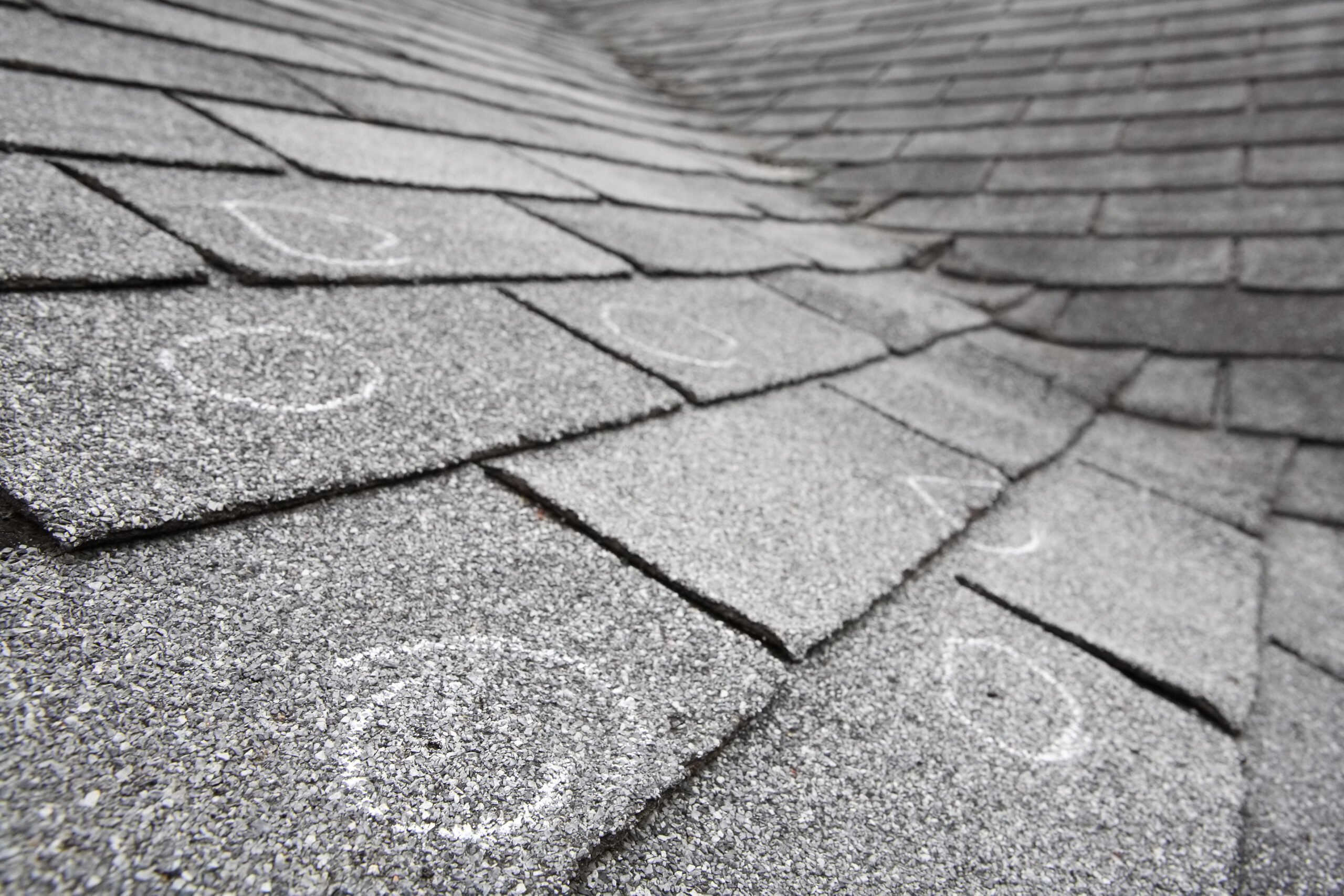

Residential Roofing Experts
A Roof You’ll Love Coming Home To
Ready to elevate your home with expert roofing solutions? Monarch Roofing is your trusted partner, delivering best-in-class service across the NC, SC, and GA. As the region’s leading roofing experts, we provide tailored solutions for every style, from quick, precise repairs to complete roof transformations. With a seamless process and a commitment to excellence, we’re here to guide you every step of the way, ensuring your home is protected with quality and care.
-
GAF Presidents Club
-
Financing Available
-
Free Inspections
Get in Touch!

Designed With Your Home In Mind
Your home is your haven, and your roof should complement your lifestyle effortlessly. Whether you’re looking for a low-maintenance solution that lets you enjoy more time with family, or a durable, high-quality material built to last, we’ve got you covered. At Monarch Roofing, we collaborate with you to design the perfect roofing system, tailored to your needs. From premium metals to classic shingles, our expert craftsmanship ensures lasting beauty and protection, so you can focus on what matters most.
Our proven process
A Roofing Process That Works
Get In Touch
Fill out our simple contact form online or give us a call, telling us a little bit about your project and goals.
Book Your Appointment
Our customer services reps will get back to you quickly, and schedule a time for us to come inspect your property.
Inspection & Estimate
Our team of expert inspectors will take a close-up look at your roofing system, and note any signs of damage. At the end of your appointment, we’ll present you with an estimate and answer any questions.
Installation Time!
It’s time to get a new roof! All of our replacements and repairs are designed to be installed efficiently.
A Total Clean Up
Before we leave, we’ll make sure your property is spic and span, with a thorough cleaning of all materials, debris, and tools.
About our Team
“You Deserve The Best: It’s Not Just Our Motto, It’s Our Promise.”
Monarch Roofing was founded from a belief that roofing clients deserved more. More education, more options, and more support. We work hard every day to provide these things for each and every client we work for.

“They broke down exactly what they would be doing and communicated/documented every step of the way. Roof damage can be very stressful but these guys were professional, prompt, and very efficient. Would definitely recommend to anyone needing work on their roof.”
Brenden Hardeman


Shingle
We offer the best shingles on the market, featuring products from GAF. With their designer shingles, unbeatable industry warranties, and timeless finish, our shingles are designed to make a positive difference to any roofing system.

Metal
Our metal roofing systems are perfect for warm climates, effectively and efficiently keeping your home cool. Made by Maverick Metal Fabrication, our metal roofing panels are durable, while creating a sleek, modern look for your home exterior.

Tile
Tile roofing adds value and charm to any house. This character-forward roofing material is long-lasting, meaning that you can feel confident investing in your home. We exclusively install Boral’s Cool Roofing technology to provide you with the best of energy efficiency and waterproofing.

Cedar Shake
Cedar shake roofing offers several benefits, including exceptional durability and natural resistance to the elements. It provides excellent insulation, helping to regulate temperatures inside your home, and can enhance the aesthetic appeal with its rustic, timeless look. Cedar shakes are also environmentally friendly, as they are made from a renewable resource and are biodegradable. Additionally, cedar has natural properties that help resist insects and fungi, contributing to a longer lifespan for your roof.

Slate
Slate has a centuries-old history of providing long-lasting protection for homes of every size and style. As a Certified Slatecrafter Specialist, we’ll install your roof to the highest standards possible.


Affordable Roofing For Every Family
Taking care of your home should be a point of pride, not a source of stress. If you find yourself pouring over your budget, trying to scrimp and save for new shingles, we are here to help! Our financing packages are designed to make roof replacements simple, accessible, and affordable. Fill out our application today to get the financial support you deserve!
Service Areas
Serving Customers Across NC, SC, and GA
- Bayshore
- Bladen County
- Brunswick County
- Carolina Beach
- Calabash
- Fayetteville
- Hampstead
- Kure Beach
- Murraysville
- Myrtle Grove
- New Hanover County
- Pender County
- Wrightsboro
- Wrightsville Beach
- Southport
- Oak Island
- Holden Beach
- Ocean Isle Beach
- Sunset Beach
- Shallotte
- Bolivia
- Leland
- Calabash
- Burgaw
- Surf City
- Topsail Beach
- Hampstead
- Whiteville
- Tabor City
- Fair Bluff
- Chadbourn
- Elizabethtown
- Bladenboro
- Dublin
- Cary
- Apex
- Wake Forest
- Garner
- Holly Springs
- Morrisville
- Fort Bragg
- Spring Lake
- Hope Mills
- Wilson
- Rocky
- Goldsboro
- Sanford
- Henderson
- Roxboro
- Oxford
- Smithfield
- Clayton
- Zebulon
- Louisburg
- Lillington
- Dunn
- Pinehurst
- Southern Pines
- Lumberton
- Aynor
- Charleston
- Conway
- Little River
- Loris
- Murrells Inlet
- North Myrtle Beach
- Pawleys Island
- Surfside Beach
- Florence
- Garden City
- Myrtle Beach
- Darlington
- Timmonsville
- Johnsonville
- Pamplico
- Lake City
- Scranton
- Coward
- Darlington
- Hartsville
- Lamar
- Society Hill
- Dillon
- Latta
- Lake View
- Marion
- Mullins
- Nichols
- Bennettsville
- McColl
- Clio
- Mount Pleasant
- Folly Beach
- Isle of Palms
- Sullivan's Island
- Kiawah Island
- Seabrook Island
- James Island
- Johns Island
- Wadmalaw Island
- Goose Creek
- Hanahan
- Moncks Corner
- Bonneau
- Jamestown
- St. Stephen
- Summerville
- North Charleston
- Ridgeville
- Harleyville
- Reevesville
- St. George
- Georgetown
- Pawleys Island
- Litchfield Beach
- Murrells Inlet
- Garden City
- Andrews
- Walterboro
- Edisto Beach
- Cottageville
- Jacksonboro
- Lodge
- Ruffin
- Smoaks
- Kingstree
- Hemingway
- Greeleyville
- Lane
- Salters
- Beaufort County
- Bluffton
- Hilton Head
- Savannah
- Statesboro
- Brunswick
- Hinesville
- Garden City
- Pooler
- Port Wentworth
- Tybee Island
- Richmond Hill
- Pembroke
- Springfield
- Rincon
- Guyton
- Statesboro
- Brooklet
- Portal
- Hinesville
- Fort Stewart
- Ludowici
- Darien
- Brunswick
- St. Simons Island
- Sea Island
- Jekyll Island
- St. Marys
- Kingsland
- Woodbine
- Waycross
- Sylvania
- Millen
FAQs
Your Questions, Answered
What residential roofing materials do you install?
We pride ourselves on installing a full range of roofing materials, including shingles, tile, slate, and metal. Have something specific in mind? Reach out to our team to make it happen!
Do you offer estimates?
All of our inspections come with detailed estimates on your project’s costs. Want to learn more today? Use our instant cost estimator!
What areas do you serve?
We have three locations. Two of them are in South Carolina, one in North Carolina. That means that we more than likely serve your city! Reach out today for more details.
Do you have any special certifications?
We’ve been named members of the GAF President’s Club, recognized for our excellent work and mastery of GAF product installations.
Recent Articles
Visit Our Blog

3 Min Read
August 28, 2025
Hurricane-Proof Your Roof
Hurricane season is upon us here in the Carolinas, and it's natural to feel a little uneasy. Not to worry, though. With a little…

5 Min Read
July 14, 2025
How to Protect Your Roof From Hail and Hurricane Damage
Why Storm-Ready Roofing Matters in the Carolinas Living in the Coastal Carolinas and the Low Country means enjoying beautiful beaches, vibrant communities, and intense…

10 Min Read
March 20, 2025
Apartment Complex Roofing Guide (Planning, Materials & More)
Ensuring your apartment complex has a top-quality roof is crucial—not just for protecting your property, but also for maintaining tenant satisfaction and property value.…






